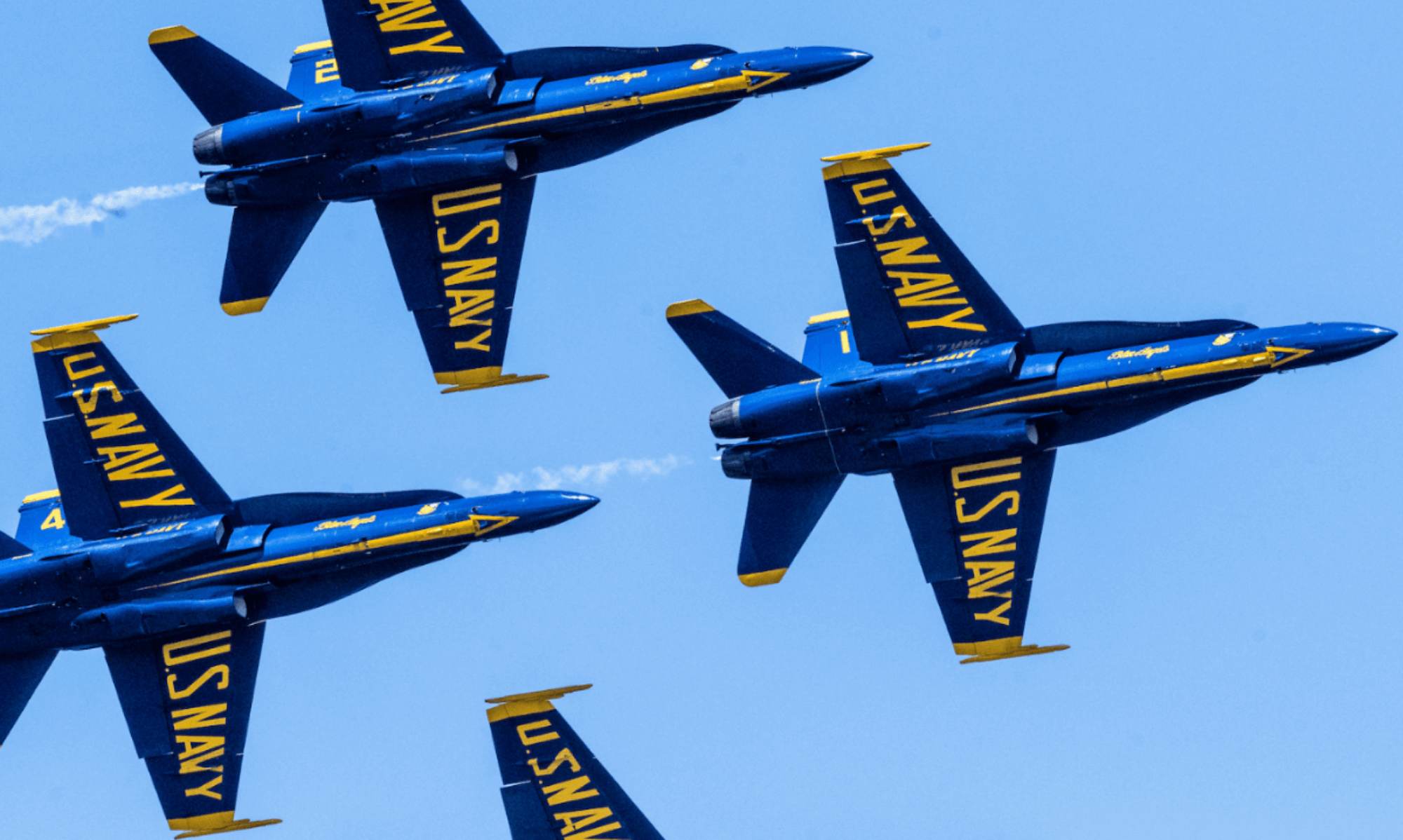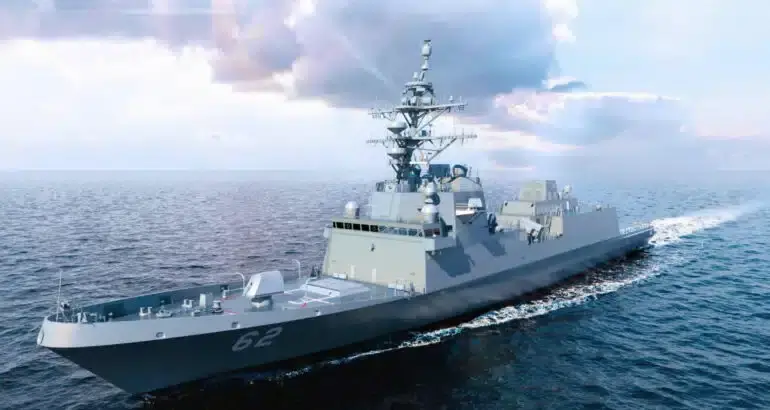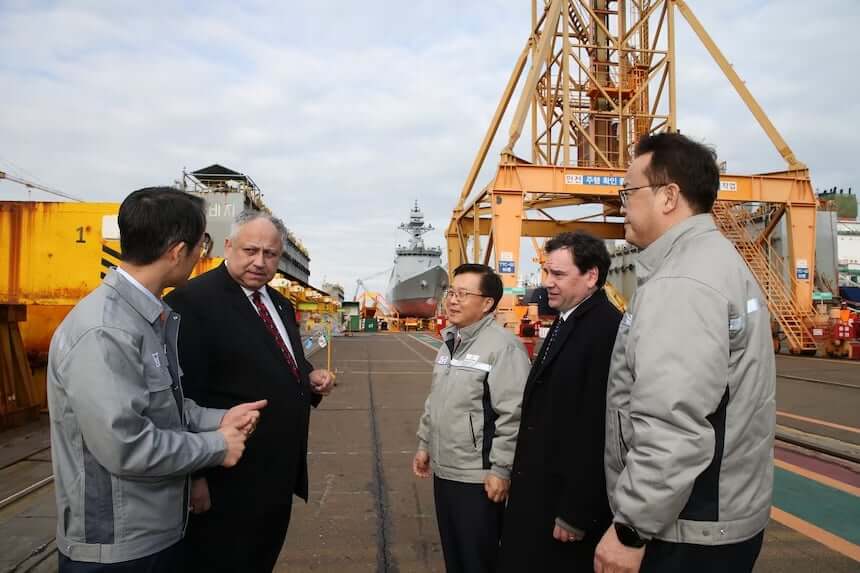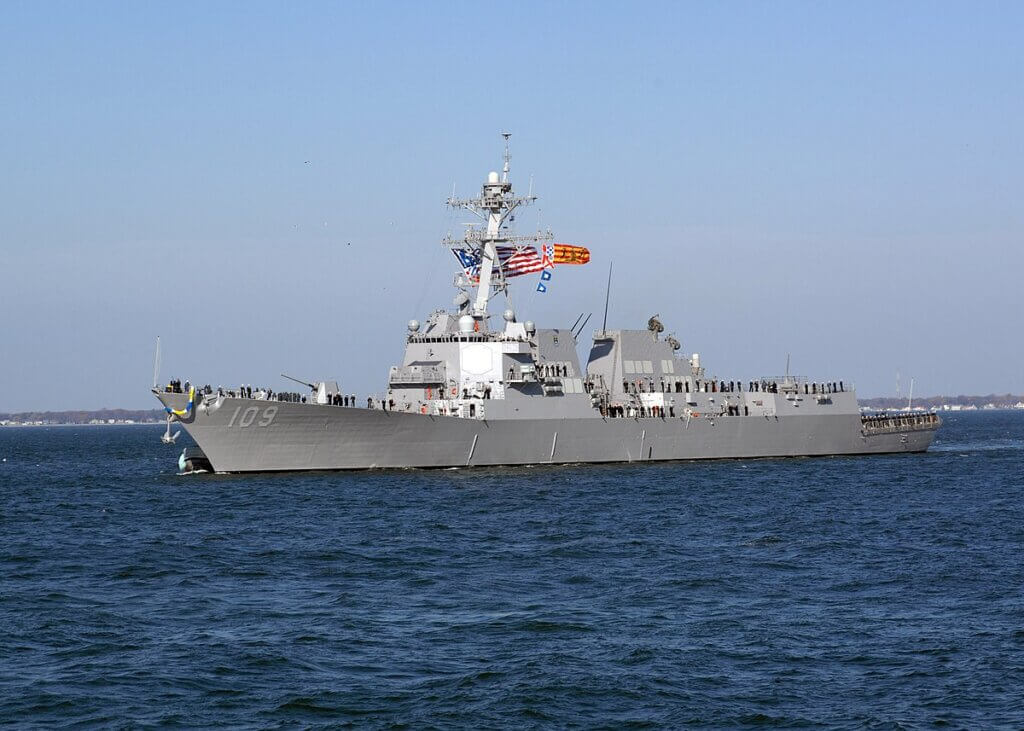Americans for a Stronger Navy applauds the recent keel laying of the future USS Constellation (FFG 62)! This momentous occasion signifies a critical step forward in modernizing our nation’s fleet and ensuring American dominance at sea.
Why the Constellation Class Matters
Despite concerns over recent reports of delays due to labor shortages, supply chain issues, and design changes, the keel laying of the future USS Constellation (FFG 62) marks a significant step forward in modernizing our nation’s fleet. The builder, Fincantieri Marinette Marine, remains hopeful of minimizing these challenges and delivering this next-generation frigate on a revised schedule. Americans for a Stronger Navy applauds this momentous occasion!
The USS Constellation is the first ship in a new generation of frigates – the Constellation Class. These agile, multi-mission vessels represent a significant leap forward in naval technology. They are designed to operate effectively in both deep ocean (blue water) and near-shore (littoral) environments, providing a crucial advantage in today’s complex maritime landscape.
Benefits for America
A robust and modern Navy is essential for safeguarding our nation’s interests. Here’s how the Constellation Class strengthens American security:
- Increased Global Presence: These new frigates will allow the Navy to deploy more “players on the field” – deterring aggression and protecting vital sea lanes for American commerce.
- Technological Edge: The Constellation Class boasts advanced weaponry and systems, ensuring our Navy remains the most technologically proficient force on the seas.
- Economic Strength: The construction of these vessels supports American jobs and revitalizes our domestic shipbuilding industry.
Standing with Our Navy
Americans for a Stronger Navy is committed to advocating for a powerful and well-equipped Navy. We urge all Americans to join us in supporting this critical national security asset.
Stay Connected!
- Sign up for our newsletter to receive updates on the Constellation Class program and other vital naval developments.
- Share this blog post with your friends and family to raise awareness about the importance of naval power.
Together, we can ensure the United States Navy remains a force for peace, security, and prosperity for generations to come.





